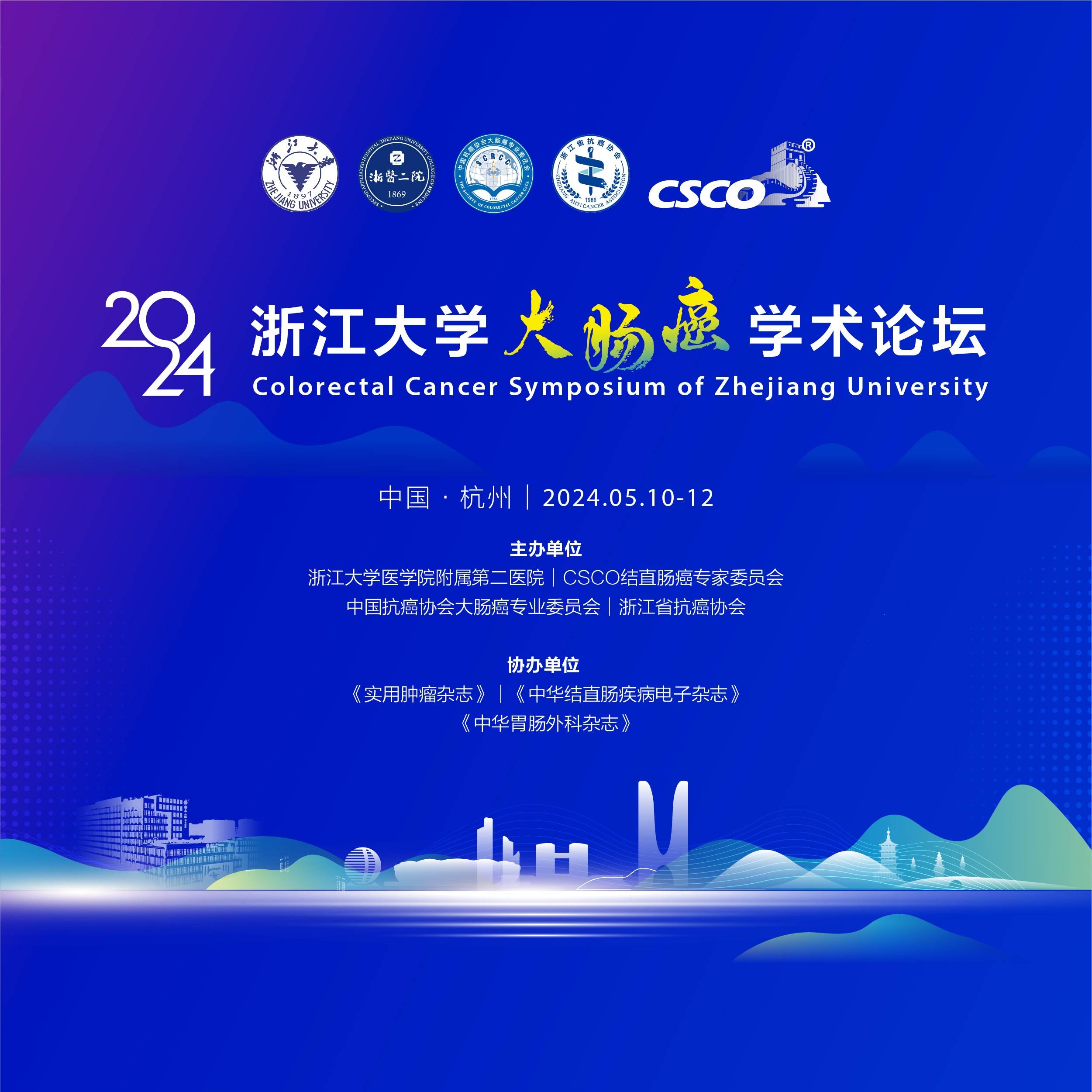点评:司马蕾

北京大学肿瘤医院 日间病房 主治医师
毕业于解放军军事医学科学院 博士研究生
氟哌啶醇与奥氮平针对化疗所致恶心、呕吐的疗效(ABS:10053)
First Author: Soniya Dulal, National Academy of Medical Sciences (NAMS)
背景
预防化疗引起的恶心和呕吐(CINV)是肿瘤支持治疗的重要部分。在尼泊尔这样资源匮乏的国家,如何选择疗效确切且性价比高的治疗方案尤为重要。该研究的目的是在发展中国家,在接受高度致呕性化疗的患者中预防CINV应用奥氮平(OLN)(一种成本较高的药物)与氟哌啶醇(一种较低成本的药物)的疗效及毒性差异。
方法
IRB批准针对拟接受顺铂70 mg / m2、环磷酰胺500 mg / m2及多柔比星50 mg / m2的初治患者进行随机对照II期临床试验研究。将患者随机分入两组,其中一组在第1至4天口服奥氮平10mg,另一组在第1天口服1mg 氟哌啶醇,第2至4天口服0.5mg*2次/日。两组均在第1天接受昂丹司琼(OND)16mg和地塞米松(DEX)12mg静脉注射。期间允许使用额外的止吐药治疗难治性CINV。运用埃德蒙顿症状评估量表(ESAS)评估并记录患者症状。
结果
60名患者随机分组,每组30例。奥氮平与氟哌啶醇在整个治疗期间(化疗后1-5天)在完全恶心预防上(主要终点指标)没有差异(66.6% VS 70%; p = 0.78)。 在急性期(化疗后24小时,83.3% VS 80.0%和延迟期(化疗后2-5天,66.6% VS 73.3%)中,两药相似。而奥氮平与氟哌啶醇在整个治疗期间完全呕吐预防(次要终点指标)发生率则为(80% VS 76.6%; p = 0.75),在急性期及延迟期分别为93.3% VS 90% 及83.3% VS 83.3%。两组在治疗期间也未观察到毒性差异。
结论
氟哌啶醇对比奥氮平在CINV的治疗研究中,主要和次要终点均未显示出明显统计学差异,但对于发展中国家而言,针对接受高致吐化疗患者具备更高的选择价值。
专家点评

司马蕾,中日友好医院全国疼痛诊疗研究中心癌痛组组长,主任医师,副教授
主持国家自然科学基金等课题2项,主编主译《疼痛治疗手册》《肿瘤姑息支持治疗教程》等专著6部,获国家发明专利2项
中国医促会肿瘤姑息治疗与人文关怀分会常委,中国生命关怀协会疼痛专委会常委,中国中西医结合学会疼痛专委会青年副主委,中国抗癌协会肿瘤心理专委会青年副主委
专业特长:癌痛、神经病理性疼痛、骨骼肌肉痛
本研究在使用止吐药昂丹司琼和地塞米松(d1)基础上,分别比较奥氮平和氟哌啶醇(d1-5)对化疗引起的恶心呕吐(CINV))疗效。研究结果显示,奥氮平组(n=30)与氟哌啶醇组(n=30)在整个治疗期间(化疗后1-5天)在完全恶心预防上没有差异(66.6% VS 70%; p = 0.78)。 在急性期(化疗后24小时,83.3% VS 80.0%和延迟期(化疗后2-5天,66.6% VS 73.3%)中,两药相似。而奥氮平与氟哌啶醇在整个治疗期间完全呕吐预防则为(80% VS 76.6%; p = 0.75),在急性期及延迟期分别为93.3% VS 90% 及83.3% VS 83.3%。两组在治疗期间不良反应也无差异。结论氟哌啶醇对比奥氮平在CINV的治疗研究中,主要和次要终点均未显示出明显统计学差异,而氟哌啶醇更加经济便宜适合推广。
奥氮平(Olanzapine)和氟哌啶醇(Haloperidol)都属于精神类药物。奥氮平作为一种非典型神经安定药,能与多巴胺受体、5-HT受体和胆碱能受体结合,并具有拮抗作用,在肿瘤姑息治疗中,多用于谵妄症状控制,近年来用于CINV的预防取得较好的疗效。氟哌啶醇为丁酰苯类抗精神病药的主要代表,作用与氯丙嗪相似,有较强的多巴胺受体拮抗作用,也可用于预防CINV。本研究提出了氟哌啶醇、昂丹司琼、地塞米松的联合方案预防高致吐性化疗药所致的恶性呕吐,值得借鉴。
附摘要原文:
10053 Poster Session (Board #41), Mon, 1:15 PM-4:45 PM
Efficacy of haloperidol versus olanzapine for control of chemotherapy induced nausea and vomiting. First Author: Soniya Dulal, National Academy ofMedical Sciences (NAMS), Bir hospital, Kathmandu, Nepal
Background: Prevention of chemotherapy induced nausea and vomiting (CINV) is an essential part of cancer care. In resource scarce countries like Nepal, determining anti-emetic combinations of highest value is of utmost importance. The purpose of the study was to compare the efficacy and toxicity of Olanzapine (OLN) (a higher cost drug) and Haloperidol (HAL) (a lower cost drug) in the prevention of CINV in patients (pts) receiving highly emetogenic chemotherapy (HEC) in a developing country.
Methods: An IRB approved randomized phase II trial was performed in chemotherapy-naive pts receiving cisplatin $70 mg/m2 or cyclophosphamide $ 500 mg/m2 and doxorubicin $ 50 mg/m2. Pts were randomized to receive OLN 10 mg orally on day 1 to 4 or HAL 1mg orally on day 1 and 0.5mg BID on days 2 to 4. Both groups received ondansetron (OND) 16 mg and dexamethasone (DEX) 12 mg intravenously on day 1. Use of additional antiemetics for CINV refractory to assigned treatment arm was permitted. From day 1 to day 5, pts recorded their nausea using the Edmonton Symptom Assessment Scale (ESAS). They also recorded their daily episodes of vomiting (number and when) and the use of additional antiemetics. The primary endpoint was complete nausea prevention (CNP) (ESAS - 0). The secondary endpoint was complete emesis prevention (CEP) without the use of additional antiemetics.
Results: Sixty pts consented and were randomized, 30 in each arm. There was no difference in CNP during the overall period (day 1-5 post chemotherapy) between OLN and HAL (66.6% vs 70%; p = 0.78). In both the acute period (24 hours post chemotherapy) and delayed period (day 2-5 post chemotherapy) CNP was similar between OLN and HAL (acute - 83.3% vs. 80.0%; delayed -66.6% vs. 73.3%). No difference was identified in the rate of CEP during the overall period (80% OLN vs. 76.6% HAL; p = 0.75) nor in the acute period ( 93.3% OLN vs. 90% HAL) or delayed period (83.3% OLN vs. 83.3% HAL). No difference in toxicities was noted between treatment arm.
Conclusions: In this study, HAL was comparable to OLN in the control of CINV with no statistically significant difference in the primary and secondary endpoints suggesting it is the higher value option in pts receiving HEC in a resource scarce country.














 苏公网安备 32059002004080号
苏公网安备 32059002004080号


